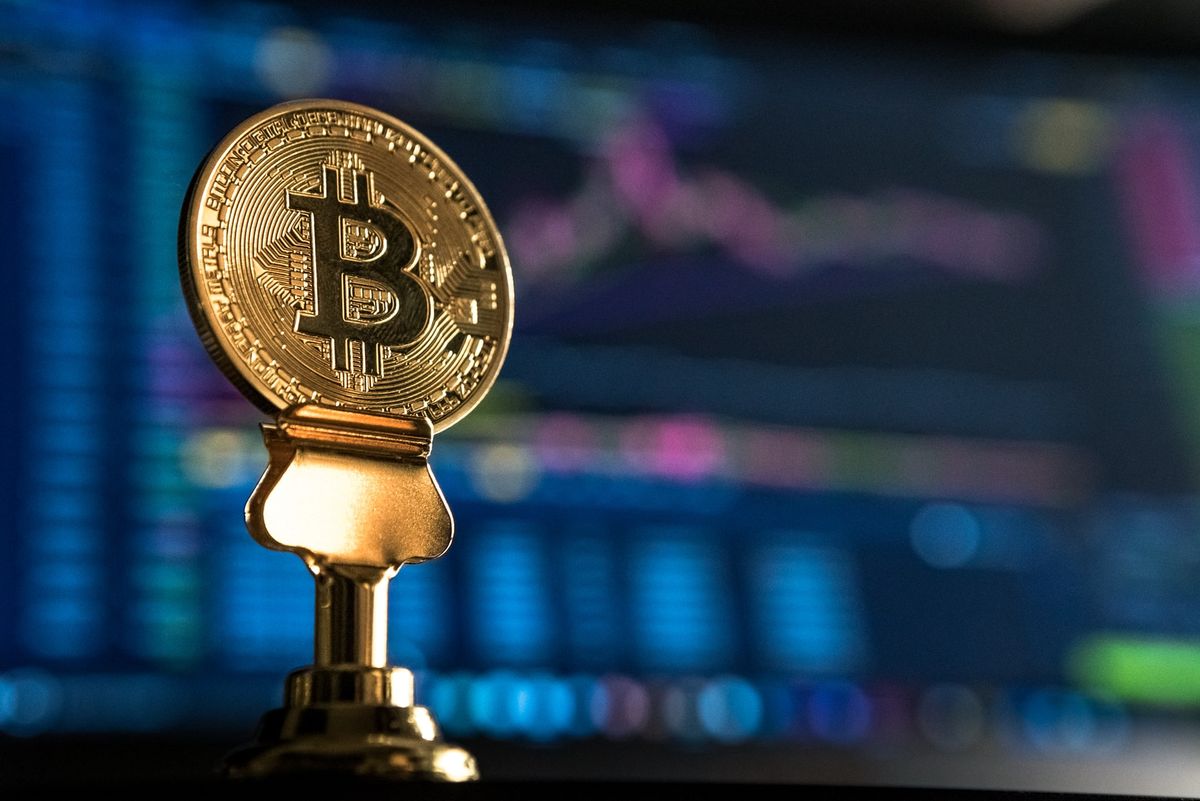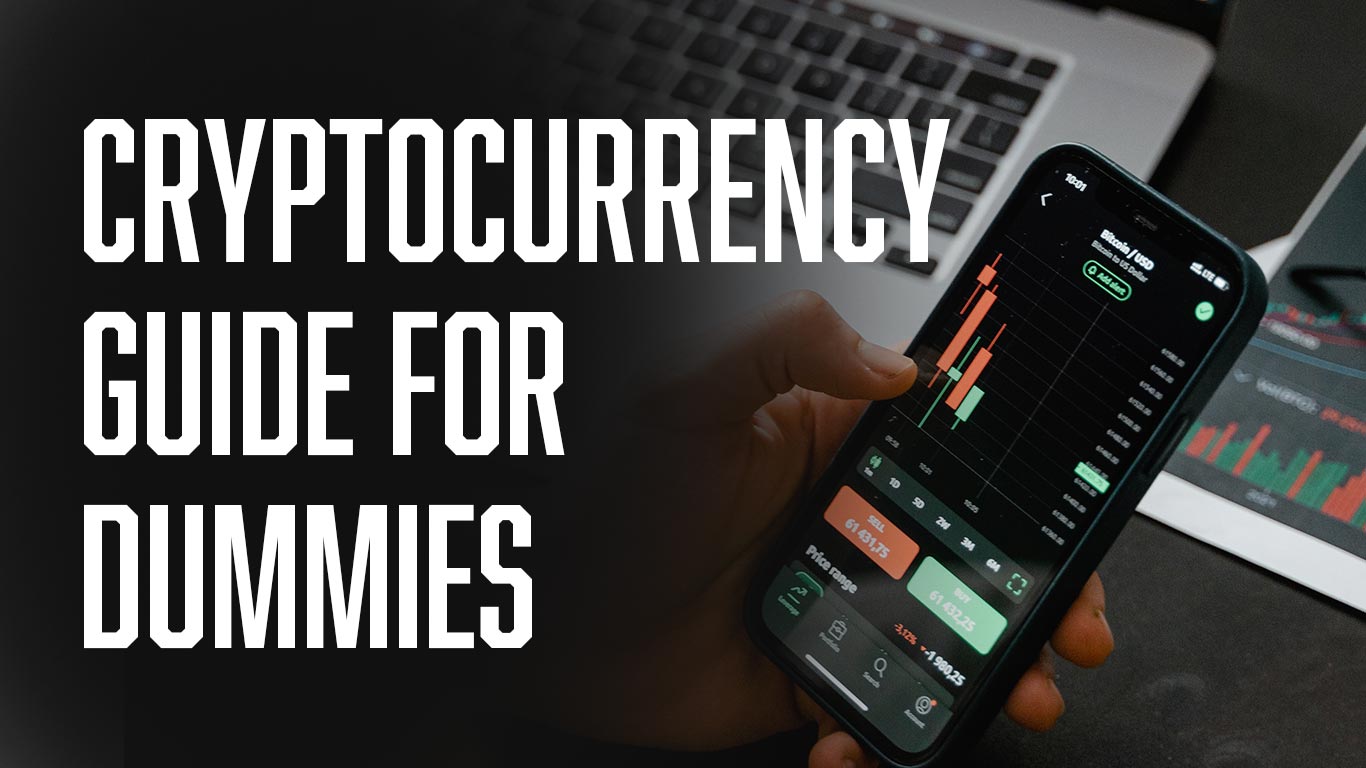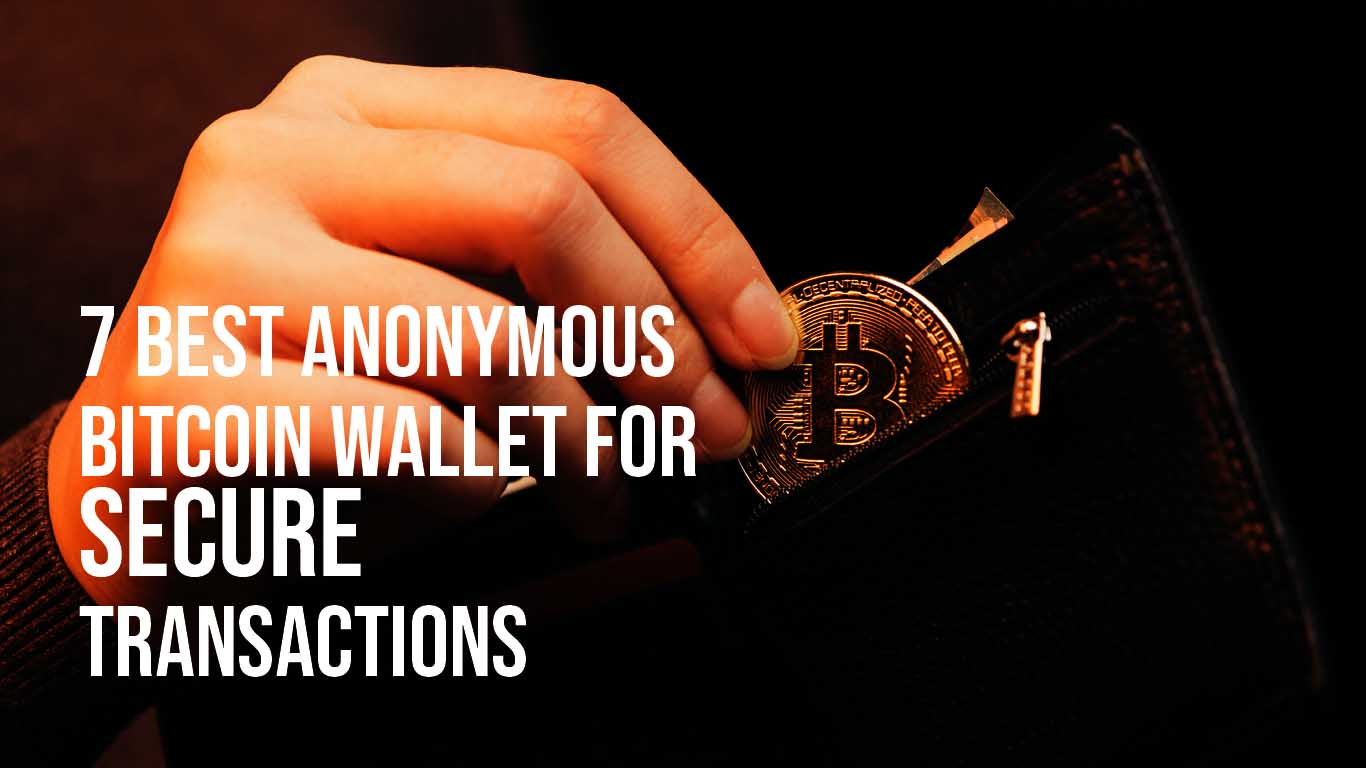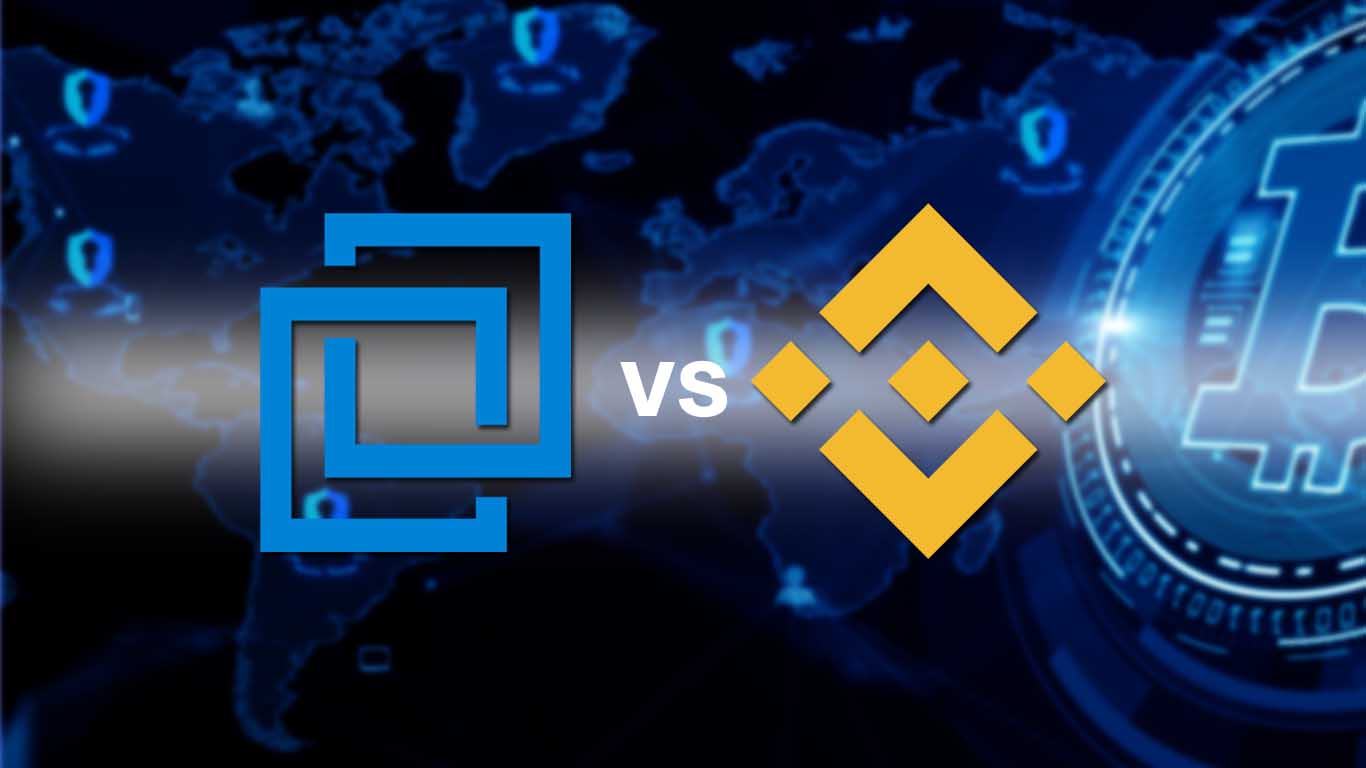Peer-to-peer (P2P) crypto exchanges represent a paradigm shift in the way digital assets are traded. By leveraging the core principle of blockchain technology – decentralization – these platforms facilitate direct transactions between participants, without the need for intermediaries. This comprehensive guide will explore the intricacies of P2P crypto exchanges, the benefits they offer, how to build one, their future prospects, and a practical walkthrough of trading on one of the leading platforms, Binance.
Key Takeaways
- P2P crypto exchanges enable direct trading between users, leveraging blockchain’s decentralization to eliminate intermediaries.
- These platforms typically offer enhanced privacy, security, and lower fees compared to traditional centralized exchanges.
- The development of a P2P exchange involves strategic planning, user-centric design, and robust security measures including a powerful matching engine.
- The future of P2P trading looks promising with increased adoption and continuous innovation, despite regulatory challenges.
- Binance provides a user-friendly P2P trading experience, with a step-by-step guide available for new users to navigate the platform and transact securely.
Understanding P2P Crypto Exchanges


The Basics of Peer-to-Peer Trading
Peer-to-peer (P2P) crypto exchanges represent a paradigm shift in the way cryptocurrencies are traded. By facilitating direct transactions between participants, these platforms eliminate the need for intermediaries, such as traditional banks or online exchanges. The essence of P2P trading is its decentralized nature, which aligns with the core principles of blockchain technology.
In a P2P exchange, the process is straightforward yet secure: buyers and sellers connect directly to execute trades, often with the assistance of an automated matching engine. The use of smart contracts and escrow services ensures that transactions are completed reliably and funds are transferred only when both parties fulfill their obligations.
The benefits of P2P trading are not just theoretical; they are practical and impactful for users seeking autonomy and efficiency in their trading activities.
Businesses are increasingly interested in developing P2P exchanges due to the enhanced privacy and security they offer. This interest is driven by the desire to provide users with a more empowering and cost-effective trading experience.
How P2P Exchanges Differ from Traditional Models
Peer-to-peer (P2P) crypto exchanges represent a paradigm shift from traditional exchange models. They operate on the principle of direct user-to-user interaction, eliminating the need for a central authority to facilitate trades. This decentralization is not just a technical feature; it’s a philosophical cornerstone that empowers users and enhances trust.
P2P exchanges leverage blockchain technology to provide a platform where transactions are executed directly between parties. Smart contracts and escrow systems play a crucial role in ensuring the security and reliability of these transactions without the intervention of intermediaries.
Here are some key differences between P2P and traditional exchanges:
- Decentralization: Unlike traditional exchanges, P2P platforms do not have a central point of control.
- Privacy: Users on P2P platforms typically enjoy more privacy since trades are directly between individuals.
- Fees: P2P exchanges often have lower fees due to reduced operational overheads.
- Control: Users have full control over their funds and transactions, which mitigates the risk of exchange hacks.
The shift towards P2P exchanges is driven by the desire for more privacy, security, and control over one’s own financial transactions. As the technology matures and more users recognize these benefits, P2P platforms are poised to become a more prevalent part of the crypto trading landscape.
The Role of Smart Contracts and Escrow in P2P Transactions
In the realm of P2P crypto exchanges, smart contracts and escrow systems play a pivotal role in ensuring secure and trustworthy transactions. Smart contracts are self-executing contracts with the terms of the agreement directly written into code. They facilitate, verify, and enforce the negotiation or performance of a contract, making the process transparent and reducing the need for intermediaries.
Escrow services in P2P exchanges act as a neutral third party that holds the seller’s cryptocurrency until the buyer completes the payment. This mechanism significantly diminishes the risk of fraud and enhances the confidence of both parties in the transaction.
The process typically follows these steps:
- Users register and undergo KYC verification on the P2P platform.
- A buyer places an order, and the platform’s matching engine pairs them with a suitable seller.
- The seller’s crypto assets are held in a smart contract-based escrow.
- Once the buyer pays and the seller confirms receipt, the escrow releases the funds to the buyer.
Atomic swaps are another feature of P2P exchanges, allowing for direct exchanges between users’ wallets without the need for a central authority. These transactions are all-or-nothing, ensuring that they are fully executed or not at all, which minimizes disputes.
The Benefits of P2P Trading Platforms


Enhanced Privacy and Security for Users
Peer-to-peer (P2P) crypto exchanges offer a level of privacy and security that is often unmatched by traditional centralized platforms. Users retain full control over their funds, ensuring that their assets are not held by a third party, which significantly reduces the risk of hacking and theft. This decentralized nature of P2P exchanges is a fundamental aspect that attracts many users.
The implementation of multi-layer security measures is crucial for protecting user data and transactions. Features such as SSL encryption, two-factor authentication, and instant KYC and AML verification processes contribute to a secure trading environment. These security protocols are designed to safeguard against unauthorized access and to build a trusted community of verified users.
The escrow system plays a pivotal role in P2P transactions, providing a secure way for funds to be held during the trade process. This ensures that both parties fulfill their obligations before the transaction is completed.
Furthermore, the non-custodial nature of P2P exchanges means that users are responsible for their own security, which encourages the adoption of good security practices and enhances overall safety on the platform.
Reduced Operational Overheads and Fees
One of the most compelling advantages of P2P crypto exchanges is their ability to significantly reduce operational overheads and fees. Unlike traditional exchanges, P2P platforms do not require a costly intermediary infrastructure, which translates into lower costs for both the platform and its users.
By eliminating intermediaries, P2P exchanges offer a more cost-effective solution for trading cryptocurrencies.
Here’s a quick comparison of potential savings:
- Transaction fees: P2P exchanges often have lower transaction fees compared to traditional exchanges.
- Withdrawal fees: Users typically enjoy lower withdrawal fees, as the P2P model reduces the need for multiple transaction layers.
- Operational costs: With a decentralized approach, P2P exchanges can operate with fewer overheads, passing the savings onto users.
These reduced fees not only make P2P exchanges more attractive to users but also contribute to a more inclusive financial ecosystem by lowering the barrier to entry.
Direct Transactions: Empowering the User Experience
Peer-to-peer (P2P) crypto exchanges revolutionize the way users interact with the digital currency market. Direct transactions on these platforms empower users by providing them with full control over their trades. Unlike traditional exchanges, there’s no intermediary to dictate the terms or limit the options available to traders.
- Liquidity: P2P exchanges often match orders directly, enhancing market liquidity and reducing slippage.
- User Control: Traders maintain control of their private keys, mitigating counterparty risk.
- Market Access: A wide range of digital assets and trading pairs are available, catering to diverse investment strategies.
P2P exchanges offer direct trading with escrow services for security. Fiat to crypto exchanges simplify entry for new investors with ease of use and security measures.
The ability to select preferred traders is another aspect that enhances the user experience. This flexibility allows for a more personalized and trusted trading environment. Moreover, the integration of robust dispute management systems ensures that any issues can be resolved swiftly, further instilling confidence in the platform.
Building Your Own P2P Crypto Exchange


Requirement Gathering and Strategic Planning
Before diving into the development of a P2P crypto exchange, it is crucial to engage in comprehensive requirement gathering and strategic planning. This phase is about understanding the specific needs of your target market and the unique value proposition your platform will offer. Crypto exchanges face challenges like regulatory uncertainty and market volatility, but also have opportunities for innovation and growth through new products, partnerships, and user experience enhancements.
The strategic planning process should prioritize a deep dive into market research, competitive analysis, and user behavior to inform the design and functionality of the exchange.
A well-structured project research checklist is essential for navigating the complexities of the crypto landscape. Here’s a simplified version to get started:
- Research projects using reliable sources such as official websites, forums, and Coinmarketcap.
- Understand the role of emotions in crowd behavior and plan accordingly.
- Develop smart money strategies, including knowing when to sell to mitigate risks and maximize profits.
Additionally, consulting with industry experts in areas like Metaverse, AI, DeFi, and DAO can provide valuable insights and help tailor your platform to the evolving demands of the market.
Designing a User-Centric P2P Exchange
In the realm of P2P crypto exchanges, user experience is paramount. A platform’s success hinges on its ability to align with user needs and preferences. To this end, the design process must be iterative and inclusive, incorporating feedback from potential users at every stage.
Key features such as an intuitive interface, seamless navigation, and robust security measures are not just add-ons but the cornerstone of a user-centric design. The goal is to create an environment where users feel confident and comfortable executing their trades.
- Requirement gathering and planning
- Design and architect P2P solution
- Address UI/UX security
- Integrate smart contract and legal policies
By focusing on a technology-agnostic approach and a coherent roadmap, developers can ensure that the P2P exchange not only meets but exceeds user expectations. This mission-driven development process is crucial for fostering an ecosystem of trust and accelerating time-to-market.
Incorporating Multi-Layer Security and a Powerful Matching Engine
Ensuring the integrity and safety of transactions on a P2P crypto exchange is paramount. Multi-layer security measures, including SSL encryption and two-factor authentication mechanisms like email and Google authentication, provide robust protection against unauthorized access. These features are not just about safeguarding assets; they also foster trust among users.
A powerful matching engine is the heart of any P2P exchange. It’s designed to pair buy and sell orders with minimal delay, ensuring a seamless trading experience. The engine supports various order types, which are essential for a flexible and responsive trading environment.
The integration of instant KYC and AML verification processes streamlines user onboarding while maintaining compliance with legal standards. This results in a community of verified buyers and sellers, which is crucial for the platform’s reputation and user confidence.
- SSL Implementation
- Two-factor Authentication
- Email Authentication
- Google Authentication
- Instant KYC/AML Verification
- High-speed Matching Engine
- Support for Multiple Order Types
The Future of P2P Trading


Predictions for P2P Exchange Adoption
The trajectory of P2P crypto exchanges is set to ascend as they offer a more reliable trading environment by eliminating the need for third-party intermediaries. This independence from centralized systems not only reduces operational overheads but also paves the way for a new era of adoption in the cryptocurrency space.
- P2P platforms are expected to gain traction due to their lower transaction fees and regulatory flexibility.
- The adoption curve may steepen as users seek more control over their trading activities and privacy.
- Innovations in decentralized finance (DeFi) are likely to further intertwine with P2P exchange features, enhancing their appeal.
The integration of advanced technologies and user-centric designs is anticipated to drive the growth of P2P exchanges, making them a cornerstone in the future of digital asset trading.
Innovations in P2P Exchange Technology
The landscape of P2P crypto exchanges is rapidly evolving, with technological advancements enhancing user experience and security. Decentralized finance (DeFi) integrations are becoming more prevalent, allowing for seamless transactions and innovative financial products directly on P2P platforms.
- Smart Contract Optimization: Developers are focusing on making smart contracts more efficient and cost-effective, reducing the gas fees associated with transactions.
- Interoperability: Efforts are underway to ensure P2P platforms can interact with various blockchains, broadening the scope of accessible assets.
- User Interface Improvements: Enhanced UI/UX designs are being implemented to make P2P exchanges more intuitive and user-friendly.
The integration of advanced analytics and machine learning algorithms is set to revolutionize P2P exchanges, providing users with insights to make informed trading decisions.
As these innovations unfold, they promise to make P2P trading more accessible, secure, and versatile, catering to a growing global audience.
Regulatory Considerations for P2P Exchanges
The regulatory landscape for P2P crypto exchanges is as diverse as the technology itself. Different regions approach the regulation of these platforms with varying degrees of scrutiny and openness. Some countries have established clear frameworks that support the growth of P2P trading, while others maintain a cautious stance, imposing stringent requirements or outright bans.
- Understanding Local Laws: It’s crucial for P2P exchange operators to thoroughly understand and comply with the local laws and regulations in each jurisdiction where they operate.
- Anti-Money Laundering (AML) and Know Your Customer (KYC): Compliance with AML and KYC regulations is essential to prevent illicit activities and to instill trust among users.
- Ongoing Monitoring: Regulatory environments are dynamic, and staying abreast of changes is necessary to ensure ongoing compliance and to adapt business practices accordingly.
While centralized exchanges are often subject to heavy regulation, P2P platforms can sometimes operate under more flexible conditions. However, this does not exempt them from the responsibility of adhering to legal standards and protecting their users.
Operators of P2P exchanges must navigate a complex web of regulations that can impact their business model, user privacy, and the overall sustainability of the platform. It is a delicate balance between fostering innovation and ensuring a secure and lawful marketplace.
Step-by-Step Guide to P2P Trading on Binance


Accessing P2P Trading Features
To begin trading on Binance’s P2P platform, create a Binance account and verify your identity. This is a crucial first step to ensure a secure and compliant trading environment.
Once your account is set up, accessing the P2P trading features is straightforward:
- Log in to your Binance account.
- Navigate to the ‘Trade’ section and select ‘P2P’.
- Alternatively, for mobile app users, tap ‘P2P Trading’ directly from the homepage.
Choose between the ‘P2P Zone’ for browsing offers and the ‘Express Zone’ for quick transactions with zero fees.
After selecting your preferred trading zone, you can enter the amount you wish to spend, confirm your order, and proceed to make payment within the stipulated time limit. Remember to notify the seller once the transfer is complete.
Navigating the Binance P2P Interface
Once you’ve accessed the Binance P2P trading platform, the interface presents two distinct zones for trading: the P2P Zone and the Express Zone. Each zone caters to different user preferences and trading styles.
-
P2P Zone: This is where you can browse various offers. Here’s how to proceed:
- Select an offer that suits your needs.
- Enter the amount you wish to spend.
- Tap on [Buy] to confirm your order.
-
Express Zone: Designed for quick trades with a simplified process:
- Input the amount you want to trade.
- Confirm your order with [Buy with 0 Fee].
Completing a transaction is straightforward. After confirming your order, tap on [Make Payment] and transfer the funds within the payment time limit. Once done, notify the seller by tapping [Transferred, notify seller].
Remember to contact the seller or seek support if there are any delays in receiving your crypto. It’s also advisable to limit yourself to two ongoing orders to manage your trades effectively.
Completing Transactions Safely on the Platform
Ensuring the safety of your transactions on a P2P platform is paramount. Always double-check the recipient address before confirming any transfer. This simple step can prevent sending funds to the wrong party. Additionally, setting a reasonable transaction fee is crucial; it should be high enough for quick confirmation but economical enough not to inflate the cost of your transaction.
When completing a P2P transaction, it’s essential to confirm that the funds have reached your crypto wallet or bank account before releasing any cryptocurrency. This verification step is a critical defense against potential scams.
Remember to transfer funds within the payment time limit and use the platform’s chat feature to stay in touch with the seller. After payment, make sure to notify the seller and watch for the status to change to ‘Releasing’. Once the seller verifies your payment, the crypto will be released, and you can view your assets in your wallet.
Conclusion
As we have explored throughout this guide, P2P crypto exchanges represent a transformative shift in the way we trade digital assets. By leveraging the intrinsic benefits of blockchain technology—decentralization, security, and direct peer-to-peer interactions—these platforms offer a compelling alternative to traditional centralized exchanges. The future of P2P trading looks promising, with its ability to provide more reliable, private, and cost-effective transactions. For businesses and individuals alike, understanding and embracing the power of P2P trading is not just a strategic move, but a step towards a more democratized financial ecosystem. Whether you are a seasoned trader or new to the crypto world, the insights provided in this guide aim to equip you with the knowledge to navigate the P2P landscape confidently and make informed decisions in this dynamic market.
Frequently Asked Questions
What is a P2P crypto exchange and how does it work?
A P2P (peer-to-peer) crypto exchange is a decentralized platform where buyers and sellers can trade cryptocurrencies directly with each other, without the involvement of a central authority. Transactions are executed using smart contracts and an escrow system to ensure trust and security.
What are the main benefits of using P2P exchanges over traditional ones?
P2P exchanges offer enhanced privacy and security for users, reduced operational overheads and fees, and empower users with direct transactions, eliminating the need for intermediaries.
How do smart contracts and escrow systems enhance P2P transactions?
Smart contracts automate the execution of agreements, ensuring that all conditions are met before a transaction is completed. Escrow systems temporarily hold the funds, providing a layer of security until both parties fulfill their parts of the deal, reducing the risk of fraud.
Why are businesses interested in building their own P2P crypto exchanges?
Businesses are keen on building P2P crypto exchanges to offer users better privacy and security, lower fees, and a more empowering trading experience. Additionally, these platforms can be more adaptable to regulatory changes and may have a faster time-to-market.
What technological features are important for a P2P crypto exchange?
A powerful matching engine for efficiently pairing buy and sell orders, multi-layer security to protect against cyber threats, and a user-centric design for an intuitive trading experience are crucial features for a P2P crypto exchange.
How can one safely complete transactions on the Binance P2P platform?
To safely complete transactions on the Binance P2P platform, users should access the P2P trading features through the official app, navigate the interface to find suitable offers, and follow the platform’s secure payment and transaction confirmation processes.






